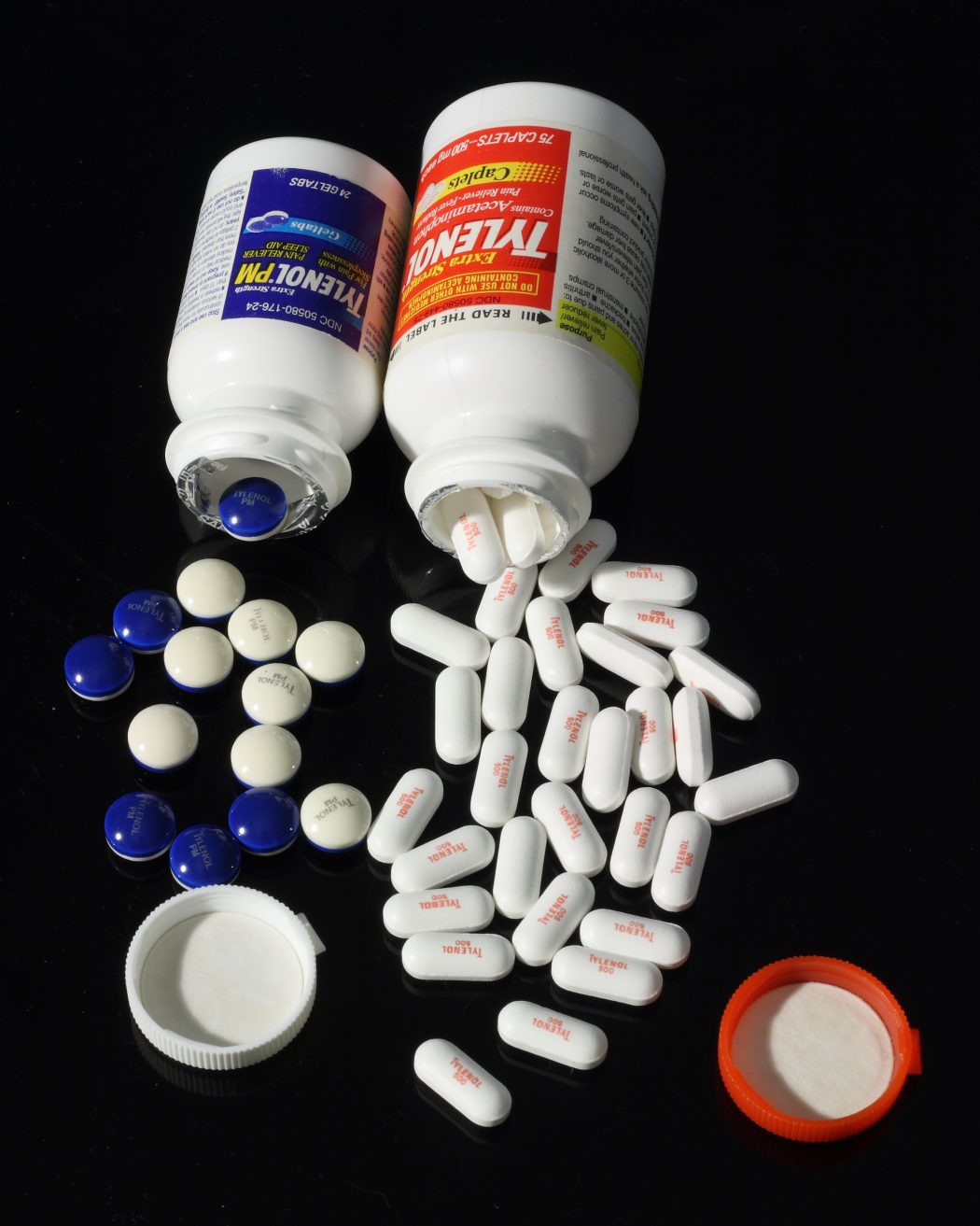In the main series Pokémon games, an antidote is a healing item sold at any Poké Mart which cures the poison status condition, inflicted from moves such as Poison Sting or Sludge, abilities like Poison Point, or battle hazards like Toxic Spikes. You use it once, with a dose of “1”, and instantly your Pokémon is healed. Boy wouldn’t that be nice. Unfortunately, we live in the real world, where “antidotes” are no more of an instant cure than losartan is the antidote for hypertension, and the toxicologists have to actually use their brains when dealing with poisonings and overdoses. And whoo boy do they use their brains. I’ve FINALLY gotten the chance to rotate with the tox folks at BUMCP and it’s been a blast; they’re all so freaking smart and if you haven’t considered a toxicology rotation, consider this: during a lecture the other day I was actually excited to learn about the electron transport chain. That inspired me to share this information with you, as acetaminophen overdose is a topic we should all know. Please note: this article is shamelessly borrowed from the teaching rounds Dr. Curry recently gave, written and illustrated from memory with a whiteboard marker on the window of the 14th floor of BUMCP. I like to imagine a pigeon passing by and learning a bit of biochemistry.
So…acetaminophen. Tylenol, paracetamol, APAP (N-acetyl-para-aminophenol). We all know it, we all have it, we prescribe it all the time. And why not, it’s a terrific painkiller, a decent antipyretic, and well-tolerated except for that teensy tiny little thing where it melts the liver in overdose. Which is a big problem, especially as an inexpensive, over-the-counter medication. The good news is that there is an antidote (or maybe two, as we shall soon see). So what happens when someone takes too much APAP?
Acetaminophen has a half-life of about 4 hours and is metabolized in the liver (if you can believe it). Once in the liver, over 90% of acetaminophen is either bound to glucuronide or sulfate (which are inert), about 1% is excreted in the urine, and the rest is converted to NAPQI – a dangerous and toxic metabolite. The conversion to NAPQI is done by CYP2E1, keep that in mind for later. NAPQI binds to a bunch of different proteins, but the most relevant are in the mitochondria. Once there, NAPQI inhibits the electron transport chain by essentially spreading out the different complexes, so that the electrons just float off to be turned into reactive oxygen species. And those are bad. Strike one.
Those ROS kick off a series of kinase reactions that lead to one called JNK. JNK is another kinase that, when activated in the cytoplasm, returns to the mitochondria to kick off another series of kinases that completely stop the ETC. Strike two.
Those same pesky superoxide anions that NAPQI helped produce have one more role in this disaster: they initiate the process called the membrane permeability transformation. This process is not super well understood, but it results in an opening of pores within the inner mitochondrial membrane that allows protons to pass through, completely uncoupling ATP production. The mitochondria swell and release endonucleases and apoptosis-inducing factors, and when those make it to the nucleus, it’s strike three. Game over. The hepatocyte triggers apoptosis and dies. When enough of these cells die, you see a monumental increase in aminotransferases (ALT & AST), a prolonged PT due to impaired production of clotting factors, and later hypoglycemia, cerebral edema, hepatic encephalopathy, lactic acidosis, thrombocytopenia, and sometimes AKI or ATN just for a final kick in the teeth.
So, what can we do about this? The first answer you might think of is NAC, and you’d be right. N-acetyl cysteine is an antidote for APAP overdose, and it works primarily by regenerating glutathione. Glutathione is the broom that sweeps up NAPQI and prevents the superoxide from being formed in the first place. NAC also scavenges superoxide dismutase (SOD) which can help round up any existing superoxide. If you have a patient with APAP overdose, the first thing you should do is pull up the Rumack-Matthews nomogram (pictured below). Well the first thing is to consult toxicology but the next thing you do is check the nomogram. Using it is really straightforward: you check an acetaminophen level 4 hours after ingestion (or STAT if the patient is presenting late), and then give NAC if the level is above the solid line. The dotted line shows those at risk of hepatotoxicity if untreated.
But wait, there’s more! After some promising rat and mouse trials in the early 2000s, physicians have started to use fomepizole as an adjunct treatment for APAP overdose. Fomepizole (or 4-MP) is an alcohol dehydrogenase inhibitor used to treat ethylene glycol and methanol ingestions, but actually has some additional properties in this poisoning as well. 4-MP inhibits CYP2E1, which is the enzyme that converts APAP to NAPQI, so early administration can help prevent the toxic metabolite from seeing the light of day. Additionally (and perhaps more importantly), 4-MP competitively inhibits the ATP site of JNK, preventing the Membrane Permeability Transition which leads to the triggering of apoptosis. This latter effect is downstream from the effects of NAC, meaning that even in late presenting overdoses where all the acetaminophen has been converted to NAPQI, 4-MP can still prevent hepatocyte death.
One more interesting thing is that acetaminophen overdose ends with one of three outcomes: full recovery, liver transplant, or death. Unlike alcohol use or certain types of hepatitis, there is no chance of developing cirrhosis or chronic liver failure after an APAP overdose. So if the patient survives (with or without treatment), they’ll recover completely given enough time for the liver to regenerate. One other thing to keep in mind is that fomepizole is generally about $1,500 – charged to the hospital; who knows what they actually charge the patients. Little more than the 100-200 to pick up an antidote at the Poké Mart.
There is obviously much more information than presented here; I didn’t even touch NAC dosing or when to stop it, and the controversy of giving both drugs in late-presenting overdoses. Regardless, acetaminophen is one of the most common overdoses, both accidental and intentional, and it can be highly treatable if caught early. Again, I’d like to acknowledge and thank Dr. Curry, who has literally written textbook chapters on this exact topic (referenced below). What a cool medical school experience we have here.
References
Fisher ES, Curry SC. Evaluation and treatment of acetaminophen toxicity. Adv Pharmacol. 2019;85:263-272. doi:10.1016/bs.apha.2018.12.004
Fomepizole for acetaminophen toxicity: a novel use for a classic antidote. Accessed September 10, 2022. http://www.emra.org/emresident/article/acetaminophen-overdose/
Shah KR, Beuhler MC. Fomepizole as an Adjunctive Treatment in Severe Acetaminophen Toxicity. Am J Emerg Med. 2020;38(2):410.e5-410.e6. doi:10.1016/j.ajem.2019.09.005
John Michael Sherman is a member of the UA College of Medicine - Phoenix Class of 2023. Born in Chicago, IL, he's been an Arizona resident for 15 years but is still heat-intolerant. He received a degree in Jazz Trumpet Performance from ASU and was a professional freelance musician for several years before starting medical school. He enjoys exploring new recipes in the kitchen, swing dancing with his wife, and (for some reason) riding his bike for long distances.


